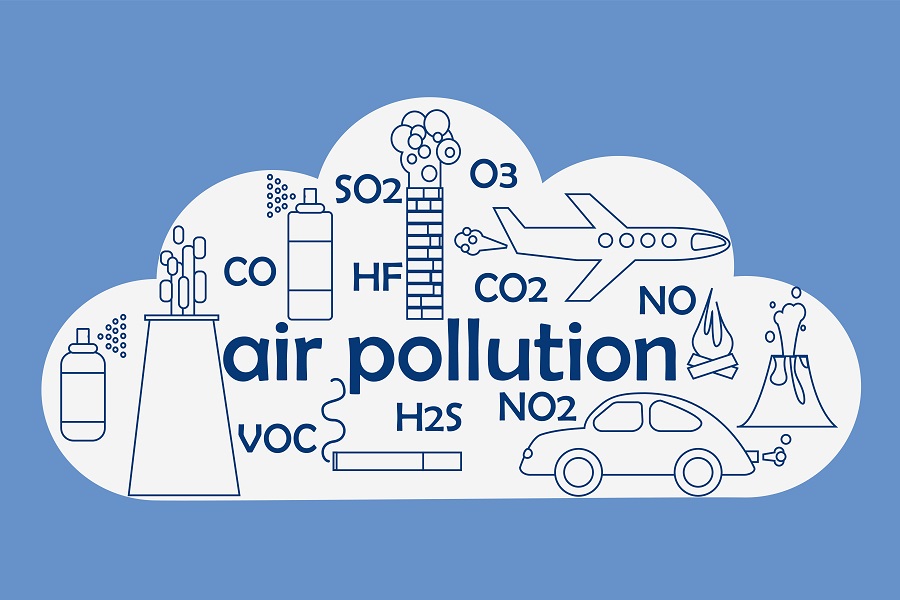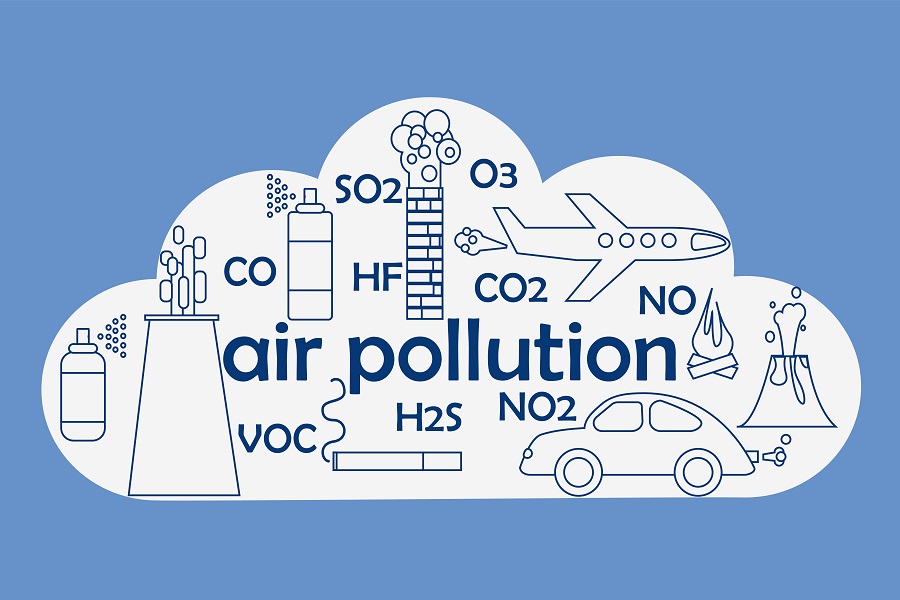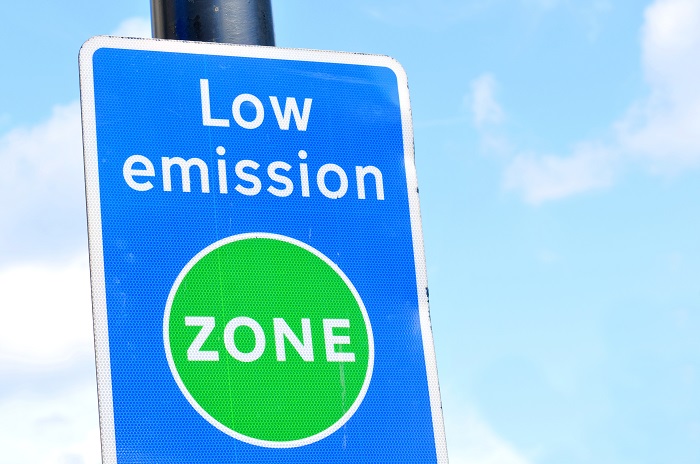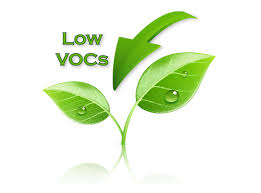What does low VOC mean? Low VOC refers to low volatile organic compounds. These are chemicals that have a low toxicity level, which is safer for both the user and the environment. VOCs if not handled properly can cause illness and injury to the user, or have a...








